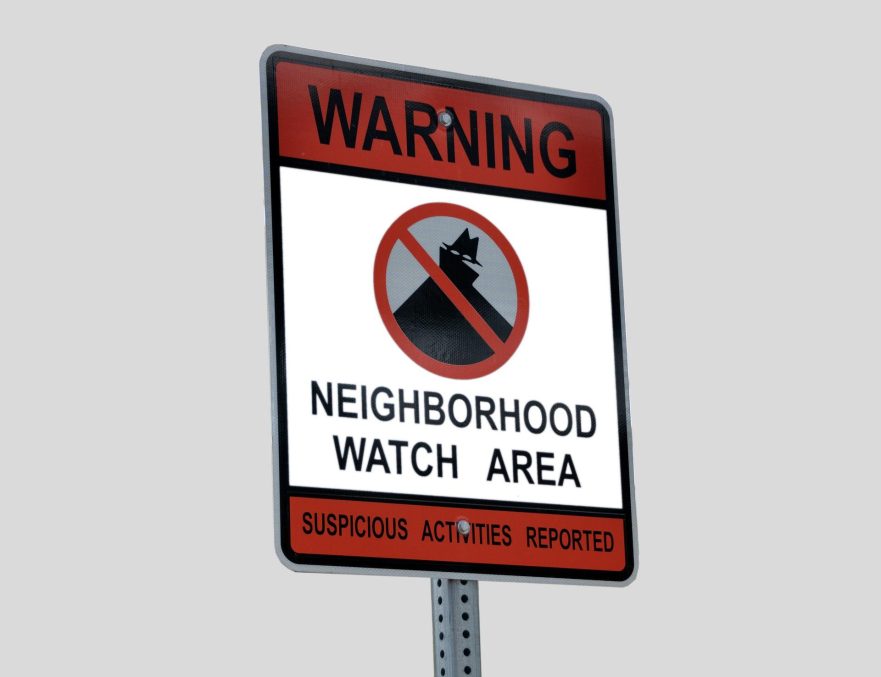CPTED or Crime Prevention Through Environmental Design is the approach to crime prevention that utilizes architecture, urban planning, and facility management to deter criminal acts. When properly utilized, CPTED is an extremely successful method of crime prevention for any business, especially high-risk businesses like those in the cannabis industry. While CPTED has been tried and tested since the mid-1900s, newer methods and modifications have arisen throughout the years – otherwise known as second-generation CPTED. This article will build on our first CPTED for cannabis article by highlighting some of the key differences between the two generations, as well as offering pointers on how your business can use these methods to better protect your properties.
What is Second Generation CPTED?
First-generation CPTED focuses on many of the physical aspects of a property. However, because of numerous studies and experiments, CPTED has had some of its key components shift around in favor of newer, more modern methods. The principles that second generation CPTED focuses on are: social cohesion, threshold capacity, community culture, and connectivity. Through these concepts, second-generation CPTED emphasizes safety and crime prevention through the inclusion of the community. Utilizing a focus on small-scale environments, second-generation CBTED differs from first-generation CPTED in the concept of coherent community-building.
Community culture, the first and most central principle of second-generation CPTED, aims to supply security through a communal sense and common purpose. By providing communities with programs that create a bond on a neighborhood scale, those in the area can gain an insight of trust that each resident* has the greater good of the community in their best interest. This leads us to our next principle, social cohesion. Once a community culture has instilled a sense of trust among neighbors, programs such as neighborhood watch groups give residents a concrete method of keeping one another safe. A key component of social cohesion is the involvement of groups in creating action plans to tackle issues such as crime within a neighborhood.
One important aspect that second-generation CPTED incorporates is the idea that while the local community is an important part of crime prevention, the inclusivity of the general public also needs to be taken into consideration. This brings us to our third principle, connectivity. While a sense of community is great, internally focused neighborhoods sometimes tend to exclude outsiders. In essence, a secure community is inclusive of all residents and those visiting. The community should be designed in such a way as to maximize interactions between neighbors. Further extending to those who may not be from the area or are there for local businesses, proper CPTED should incorporate a balance of land use which allows for diversity without creating opportunities for criminals. The balanced use of land to create areas for socialization, shopping, recreation, and indulgence can create a community that encourages hospitality while deterring crime.
How Can Cannabis Businesses Implement Second Generation CPTED?
One of the main factors in building an engaged community through second-generation CPTED is fostering an area that residents can take pride in. The most direct way to achieve this is through beautification and community layout. In the simplest terms, a visually appealing neighborhood tends to instill more pride in those who live there compared to those who do not. This, in turn, encourages those residents to look after their neighborhoods as they tend to want to preserve the area. Beautification can come through various avenues such as city planning – including a sufficient number of sidewalks, well-thought-out street design, and adequate lighting. It also comes through building design, greenery, and consistency in utilities such as street signs and fences. Cannabis businesses can help contribute to this by ensuring that their own properties visually mesh well with the neighborhood and add further beauty to the surrounding area. They can do so by surrounding their business with greenery, ensuring that their exterior signage fits in with the area, and maintaining a storefront that is visually appealing.
Community engagement is another vastly useful tactic for CPTED in cannabis that plays into social cohesion. As a business, it is in your best interest to be on the good side of those who live in the area. While the types of activities a cannabis business can partake in may be limited due to the nature of what is being sold, community outreach and open dialogue can warm residents up to the idea of your business being in the area. Focusing on gaining local regular customers can help the business fit in even better and allow the establishment to be accepted by friends and relatives of those regular customers. This also gives staff and managers the chance to open a dialogue with those who live nearby where concerns can be addressed.
Finally, reiterating the concept of threshold capacity with respect to CPTED for cannabis, it is essential that you foster a business that strives for balance within the neighborhood. In managing threshold capacity, your business should strive to keep the neighborhood ecosystem within levels that promote individual and community-wide functioning. Even down to the level of effectively managing traffic around your establishment can play a significant role in comfortably fitting your business into the community. By ensuring that you curate a clientele that does not overwhelm the surrounding area, you can encourage positive outlooks and behaviors among those who live nearby, thus creating a more organically secure environment for your business to operate in.

